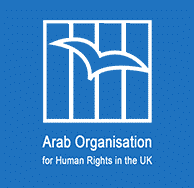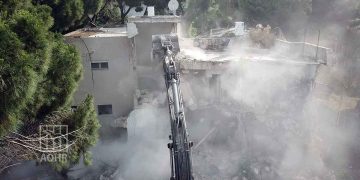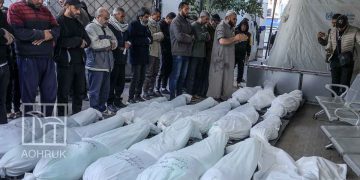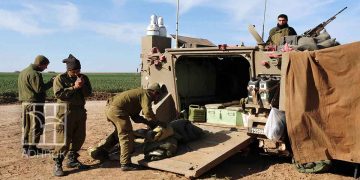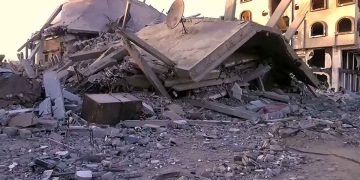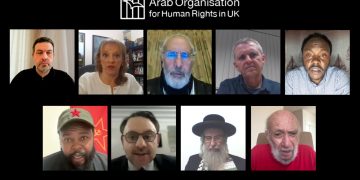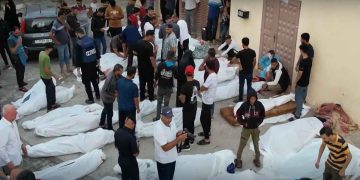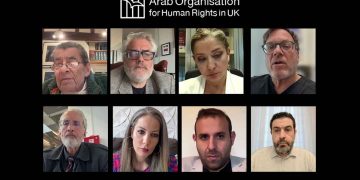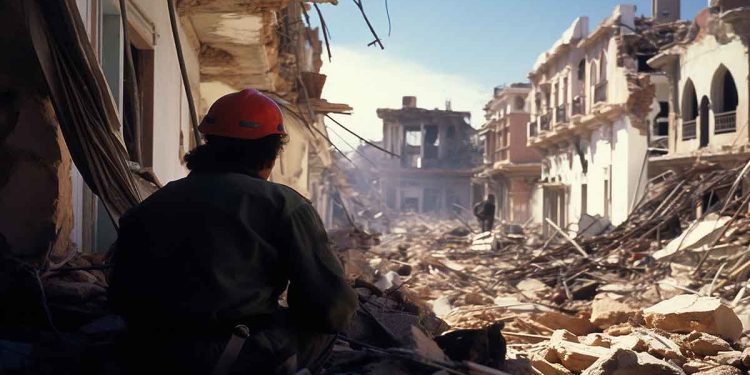Twelve civilians were killed and 30 others injured on Sunday evening in a series of U.S. airstrikes targeting a popular market and residential neighbourhood in the Yemeni capital, Sana’a. The strikes mark one of the deadliest attacks on populated areas since the latest escalation began.
The Ministry of Health in Sana’a stated via the platform “X” that the death toll remains “incomplete,” as rescue teams continue to search for victims beneath the rubble. Images shared by local media revealed the extent of the destruction, showing dismembered bodies, blood-soaked debris, and wounded civilians, including elderly residents.
In the early hours of Monday morning, U.S. warplanes carried out additional strikes across the governorates of Marib, Amran, Saada, and Al-Mahwit. The air raids targeted the districts of Sirwah and Al-Jubah in Marib, Harf Sufyan in Amran, southern Saada city and Sahar district, as well as Jabal Al-Mahwit. No official statement has yet been issued by the United States regarding these attacks or their consequences.
Since the intensification of military operations in mid-March, the U.S. assault has resulted in the deaths of at least 217 civilians and injured 436 others, the majority of whom are women and children.
These incidents add to an expanding record of violations committed in the context of a protracted and bloody conflict, where civilians remain largely unprotected and accountability is virtually absent.
Airstrikes targeting markets and residential areas constitute a clear breach of international humanitarian law, which obliges parties to a conflict to distinguish between civilian and military objectives and prohibits the excessive or indiscriminate use of force in populated areas. Repeated strikes on civilian areas without transparent investigation or accountability may amount to war crimes.
This escalation occurs amid continued, unconditional U.S. support for Israel’s ongoing military campaign in Gaza, which since 7 October 2023 has resulted in more than 168,000 Palestinian casualties — the majority of whom are women and children — and over 11,000 people reported missing, alongside the near-total destruction of Gaza’s civilian infrastructure.
Against this backdrop, serious questions are being raised about the role of the international community, which has largely turned a blind eye to these widespread violations, leaving civilians in Yemen and Gaza exposed to the machinery of war with no protection or justice.
